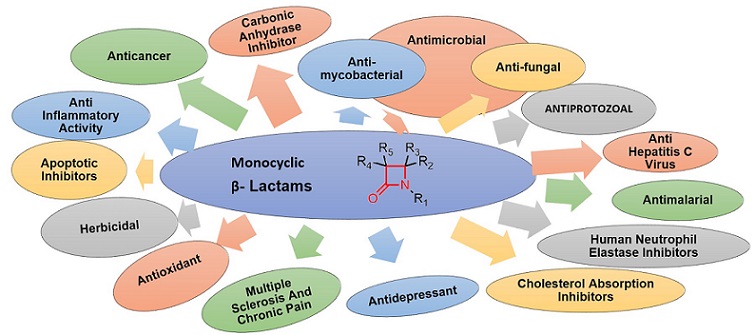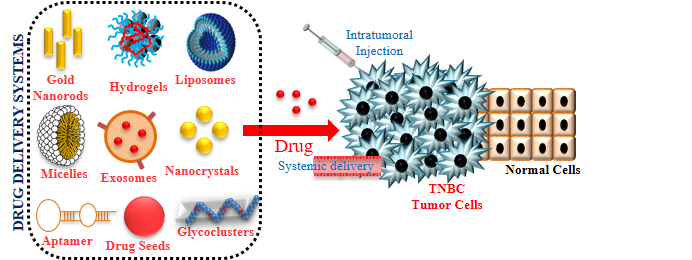Curcumin loaded Silica Nanoparticles and their therapeutic applications: A review
urn:nbn:sciencein.jmns.2020.v7.99
Published in: Journal of Materials NanoScience
-
Parul Pant
University of Delhi
-
Dr. Chetna Gupta
University of Delhi
-
Sagar Kumar
Indian Institute of Science
-
Apoorva Grewal
University of Delhi
-
Shivani Garg
University of Delhi
-
Aishwarya Rai
University of Delhi
Keywords:
Silica, Nanoparticles,
trumeric, drug delivery, cancer,
diabetes, nanomedicine, biomedical science
Abstract
Silica nanoparticles offer a promising platform for the delivery of drugs, in particular for the drugs which lack water solubility, target capability and have non-specific distribution, systematic toxicity and low therapeutic index. In this review, we focus on the synthesis and therapeutic (particularly, anti-cancer) applications of Curcumin loaded Silica Nanoparticles. Various surface modifications of silica nanoparticles have been discussed that are used to enhance their therapeutic applications. The characterization techniques and study of their biocompatibility have also been presented.

Cite as: Pant, P., Gupta , C., Kumar, S., Grewal, A., Garg, S., & Rai, A. (2020). Curcumin loaded Silica Nanoparticles and their therapeutic applications: A review. Journal of Materials NanoScience, 7(1), 1-18.
Retrieve full text from http://thesciencein.org/journal/index.php/jmns/article/view/99 and/or http://pubs.iscience.in/journal/index.php/jmns/article/view/989




